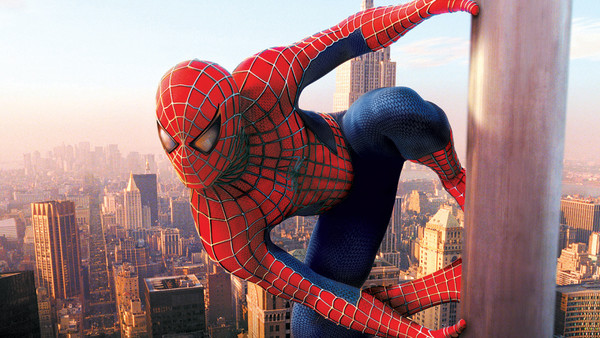The Disturbing Truth Behind Marvel's Civil War
Marvel's Rocky Cinematic Journey

Civil War was published in 2006, two years before the MCU burst onto our screens with Iron Man (and The Incredible Hulk). Importantly, it was a year earlier that Marvel had announced its plans to move into the film business, proposing a shared universe of multiple stand-alone that was then intended to centre on Doctor Strange and Captain America, with the potential of eventually building to a crossover movie.
Doctor Strange's movie was ultimately pushed back (we'll finally get one alter this year), likely because of the decision across the MCU to err more on the side of science than magic (even the Asgardians are just super advanced beings, rather than Gods) in the wake of modern blockbusters - Batman Begins, Bourne, Casino Royale - taking a more serious route, but otherwise this gameplan was how Phase 1 played out, making that announcement the public beginning of Marvel Studios rise to the very top of Hollywood.
It wasn't an easy road though. A real barrier Marvel faced starting out was iconography. After going bankrupt in the late-nineties (a product of, among other things, the burst of the speculator bubble), they'd been forced to sell off the movie rights to their biggest heroes to stay afloat: Spider-Man and Ghost Rider went to Sony; X-Men, Fantastic Four and Daredevil to 20th Century Fox; Hulk to Universal; Blade to New Line Cinema.

This would in retrospect be something rather brash - while it was necessary then to continue trading, the wholesale dumping of rights is something the company is still dealing with; they've partially reclaimed Spider-Man and Hulk, and have Daredevil in his entirety, but the Merry Mutants still evade them. Of course, at the time Marvel couldn't care less about the multiplex. Their only big screen outing was Howard The Duck, a widely mocked dud, while elsewhere the only characters who seemed to work on-screen were Superman and Batman, and even they were losing their allure; the former had been MIA for a decade at this point and the latter was firmly in Joel Schumacher's death-hold.
By 2005 though, things were different. Marvel's comic fortunes were looking up and superhero films were cool, a direct result of that movie rights free-for-all that led to ground-breaking works like Bryan Singer's first two X-Men and Sam Raimi's first two Spider-Man films. It became clear the way to really make money from spandexed crimefighters was the big screen. Marvel did get some of this green from the related merchandising and increased exposure won't have count for nothing, but they were at the behest of other studios whims; they wanted full control.
Yet without the rights to pretty much any of the beloved household names, they didn't have much of a sandbox to play in. To the general public, The Avengers was a discount Justice League, Captain America a boy scout who made Superman look nuanced, Thor some odd Norse thing and Iron Man a guy named after the most boring of the transition metals. If you even dared utter the word Thanos you'd be laughed out of town.
Enter Civil War.
Click next to see how Civil War came about.